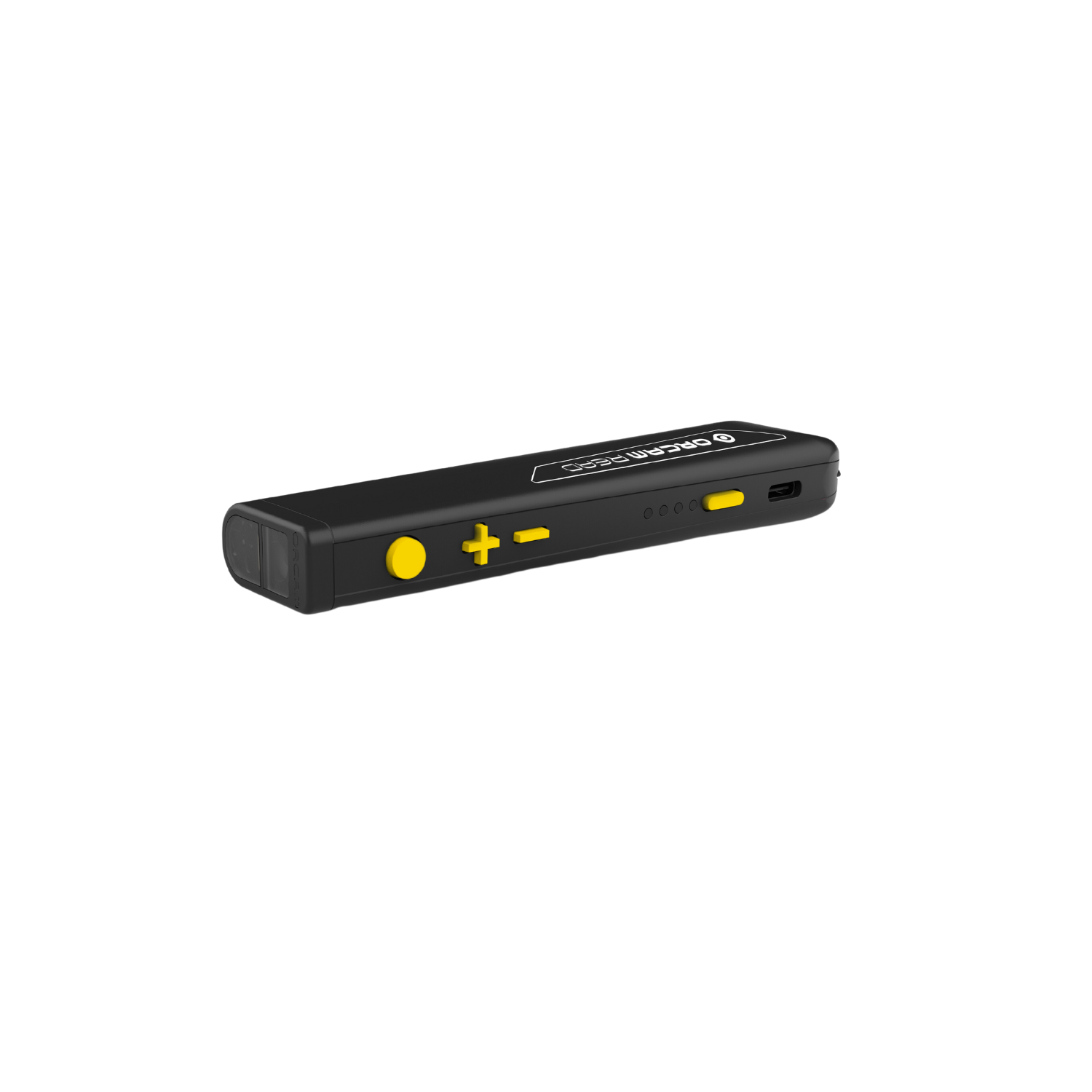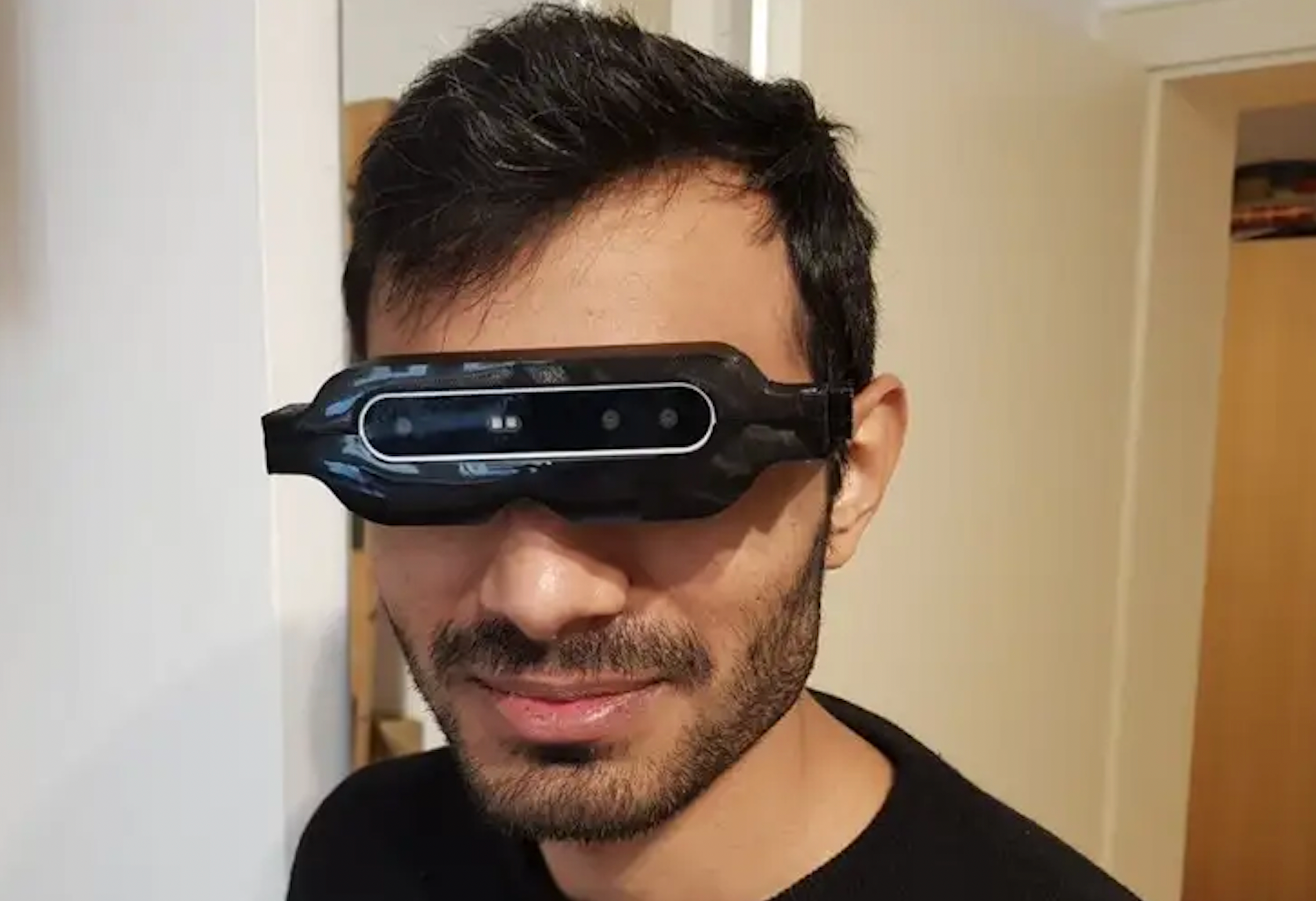Voice-Activated Assistive Devices: Simplifying Daily Tasks
Voice-Activated Assistive Devices: Simplifying Daily Tasks
Blog Article
Discover Innovative Devices Designed for the Aesthetically Damaged
The advancement of innovative tools for the aesthetically damaged stands for a considerable improvement in ease of access and freedom. Technologies such as smart glasses with AI abilities and mobile applications developed to supply acoustic summaries are improving day-to-day experiences for individuals. Additionally, wearable tools that use haptic comments enhance environmental awareness, while contemporary Braille innovations supply new ways to involve with text. As these tools proceed to progress, their influence on the lives of those with aesthetic impairments elevates essential concerns about the future of inclusivity and freedom in different facets of life. What lies ahead in this technological landscape?
Smart Glasses for Navigating

Smart glasses designed for navigating are transforming the way aesthetically damaged individuals interact with their environment. These innovative gadgets make use of a combination of video camera modern technology, artificial knowledge, and acoustic responses to provide real-time information about environments. By employing challenge discovery systems, smart glasses can inform users to possible risks, making it possible for much safer mobility in both unknown and familiar setups.
The integration of GPS innovation even more boosts navigating capacities, allowing users to obtain acoustic directions as they move. This hands-free method not only cultivates independence however additionally empowers visually damaged people to browse city landscapes with enhanced confidence. In addition, many wise glasses are outfitted with functions that recognize spots and street signs, offering contextual information that boosts the individual experience.
Additionally, the growth of these tools is continuously progressing, with business working to enhance the accuracy of item recognition and expand the range of navigational functions. As wise glasses end up being more inexpensive and available, they hold the possible to substantially change every day life for aesthetically impaired users. Eventually, these ingenious devices represent an important action towards inclusivity, offering improved wheelchair and a higher sense of freedom for individuals browsing the world around them.

Mobile Apps for Daily Living
How can mobile applications boost the daily lives of aesthetically damaged individuals? Mobile apps are revolutionizing the means aesthetically damaged users navigate their environments, take care of everyday tasks, and access information. These applications supply essential support with different capabilities, fostering self-reliance and boosting high quality of life.
Numerous innovative mobile apps are designed especially for everyday living. For instance, applications like Be My Eyes connect visually damaged customers with sighted volunteers via video phone calls, enabling them to get real-time help with jobs such as reviewing labels or browsing unknown areas. Likewise, Seeing AI, established by Microsoft, makes use of expert system to define surroundings, reviewed message, and determine objects, efficiently transforming a mobile phone into a powerful tool for day-to-day help.
Additionally, navigation apps tailored for the aesthetically damaged, such as Aira and BlindSquare, supply audio-based directions and environmental details, enabling customers to traverse their surroundings securely and with confidence. Past navigation and instant assistance, mobile apps additionally sustain company and job monitoring, with attributes that aid users set tips, develop order of business, and track consultations. In summary, mobile applications work as vital resources, equipping visually damaged individuals to lead more independent and meeting lives.
Wearable Technologies for Assistance
Empowerment through technology is progressively obvious in the world of wearable tools designed to assist aesthetically damaged people. These innovative tools incorporate seamlessly into every day life, improving navigation and giving essential responses to users. For example, smart glasses equipped with electronic cameras can identify faces and check out text aloud, allowing customers to engage even more confidently in social and specialist settings.
An additional remarkable improvement is using haptic feedback systems in wearable devices. These systems use resonances or other responsive signals to convey info about the user's atmosphere, such as challenges or changes in terrain, enhancing movement and safety. Wearable technologies additionally consist of wristbands that link to mobile phones, informing individuals to notifications via refined resonances, therefore enhancing connection without reliance on aesthetic cues.
As these technologies remain to evolve, they are not only boosting self-reliance for visually impaired individuals yet additionally fostering a better sense of inclusion in society. By linking the void between challenges encountered in day-to-day living and the potential for autonomy, wearable innovations offer as pivotal tools in the pursuit for equal rights and empowerment for those with visual problems.
Sound Description Tools
Audio description devices play a critical duty in improving accessibility for aesthetically damaged individuals, giving them with the capability to engage with aesthetic media. Voice-activated assistive devices. These tools use narrated summaries of vital visual aspects in movies, television shows, and live efficiencies, making certain that individuals can fully comprehend the context and emotions communicated with visuals
Sound summary can be incorporated into different systems, consisting of streaming services, cinema screenings, and live cinema. Many prominent streaming services currently consist of audio summary as an ease of access attribute, permitting viewers to choose it quickly. Along with traditional media, specialized applications likewise exist, giving audio summaries for art exhibitions, museums, and various other cultural events.
The efficiency of audio summary rests on the ability of the narrators, who need to share aesthetic details succinctly without interfering with the original audio. Technologies in this field are additionally paving the way for even more personalized experiences, where individuals can readjust the degree of detail and pacing according to their choices.
Braille Innovations and Gadgets
Braille developments and tools have significantly changed the means aesthetically impaired people this interact with text and information. Modern advancements have actually brought about the development of versatile devices that boost literacy and freedom among users. Significantly, Braille present technologies have advanced, permitting vibrant analysis experiences. These tools convert digital text into Braille, making it possible for users to access a large variety of details on mobile phones, tablets, and computer systems.
Furthermore, mobile Braille notetakers combine traditional Braille input with modern functionalities, promoting note-taking, organizing, and file modifying on the move. Smart glasses for the visually impaired. These compact devices often feature text-to-speech capabilities, linking the space between Braille and auditory details
Additionally, ingenious Braille printers have arised, allowing individuals to generate Braille tags, documents, and instructional products successfully. This ease of access fosters higher involvement in expert and educational environments, eventually promoting inclusivity.
Moreover, research right into wise Braille technologies continues to expand. Tools that integrate expert system are being explored to give real-time navigation aid and contextual information, boosting the individual experience in diverse setups. Overall, these innovations reflect a dedication to equipping aesthetically impaired people via technology, ensuring they can conveniently accessibility and engage with the globe around them.

Conclusion
The innovation of cutting-edge devices for the aesthetically damaged substantially boosts self-reliance and top quality of life. Smart glasses, mobile applications, wearable technologies, audio description devices, and Braille advancements collectively equip individuals by offering important navigation aid, environmental recognition, and enhanced analysis experiences. These technologies not only foster better inclusion however also advertise autonomy in everyday tasks, eventually adding to a much more available Full Article and fair society for aesthetically impaired people. Continued growth in this area holds assurance for further enhancements.
As clever glasses become a lot more available and budget-friendly, they hold the potential to significantly change daily life for aesthetically impaired individuals. Mobile apps are reinventing the way visually damaged individuals browse their atmospheres, take care of daily tasks, and access information. Applications like Be My Eyes connect visually damaged users with sighted volunteers via video phone calls, permitting them to obtain real-time support with tasks such as reviewing labels or browsing unfamiliar spaces.Additionally, navigation apps tailored for the visually impaired, such as Aira and BlindSquare, use audio-based directions and environmental details, enabling users to traverse their environments safely and confidently.The improvement of ingenious devices for he said the aesthetically impaired significantly improves independence and high quality of life.
Report this page